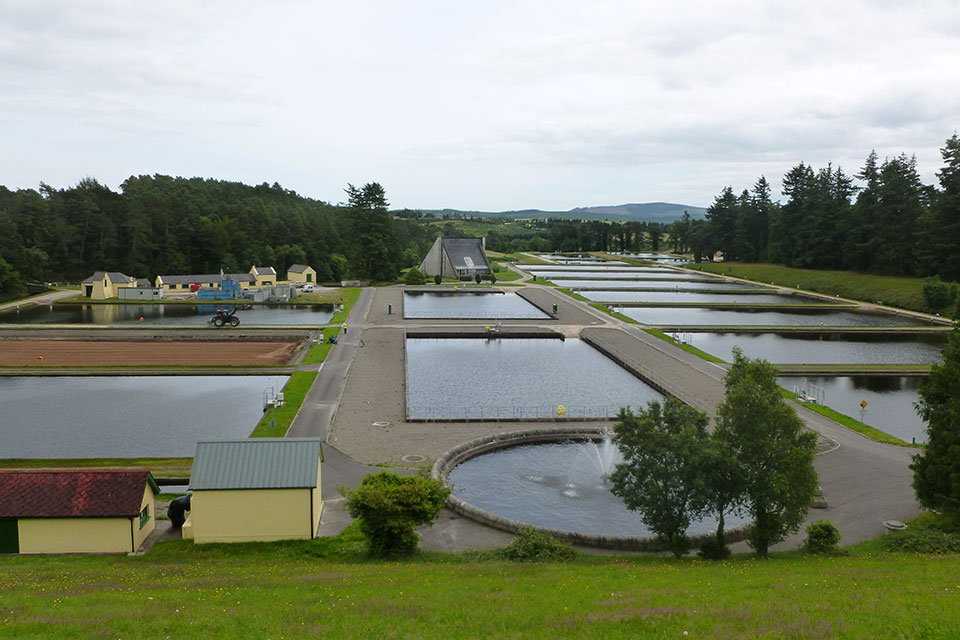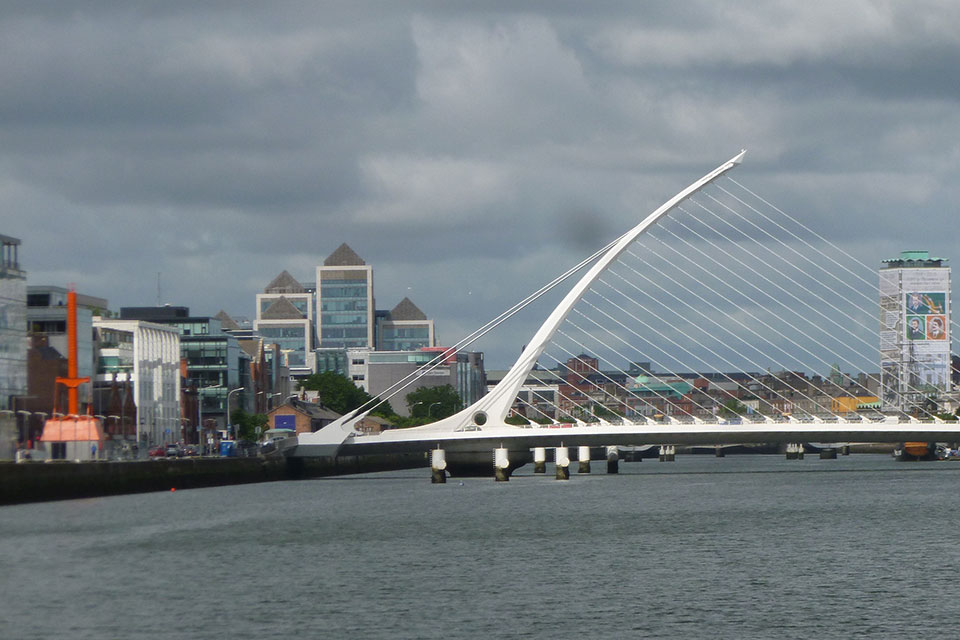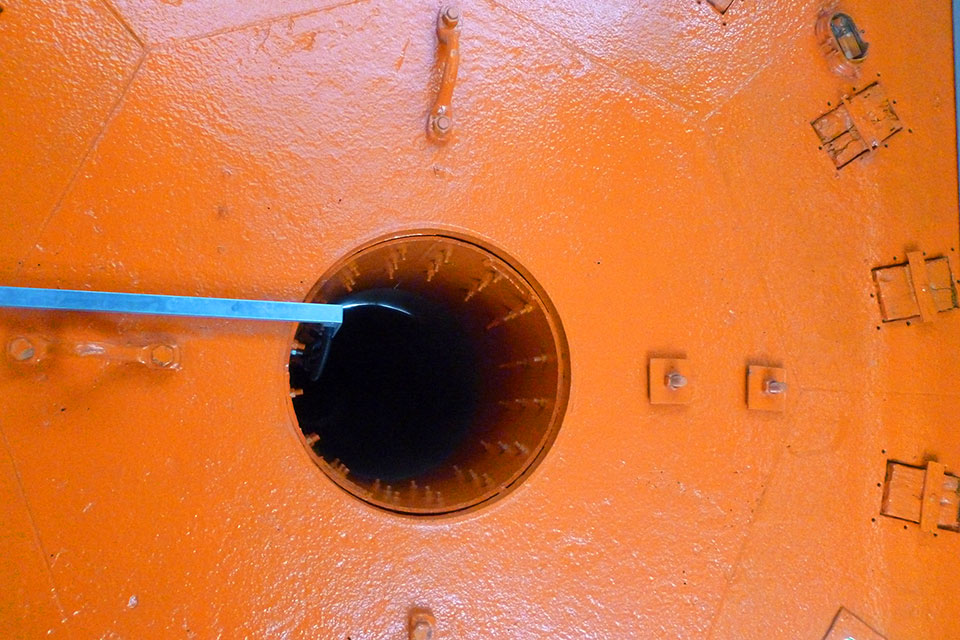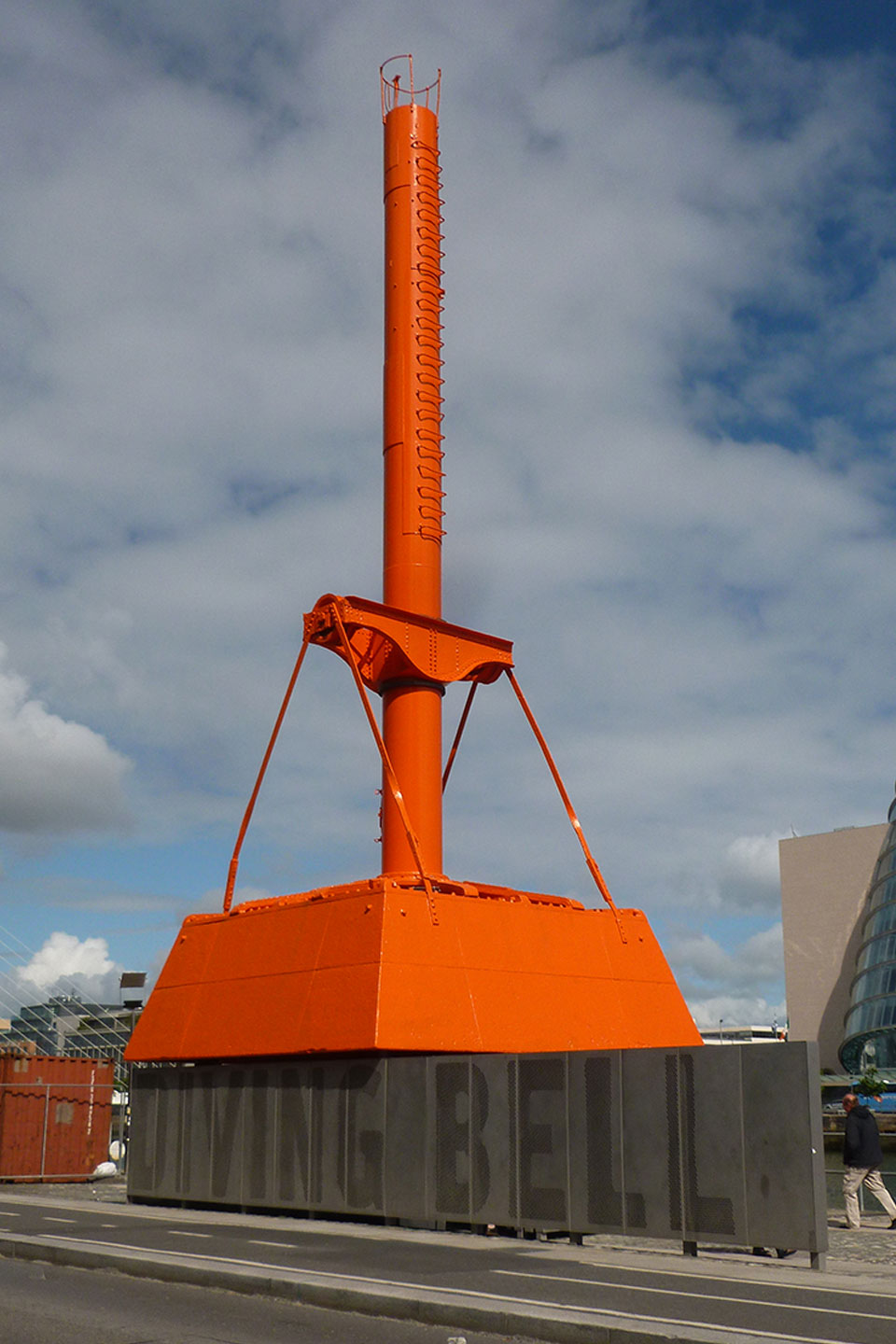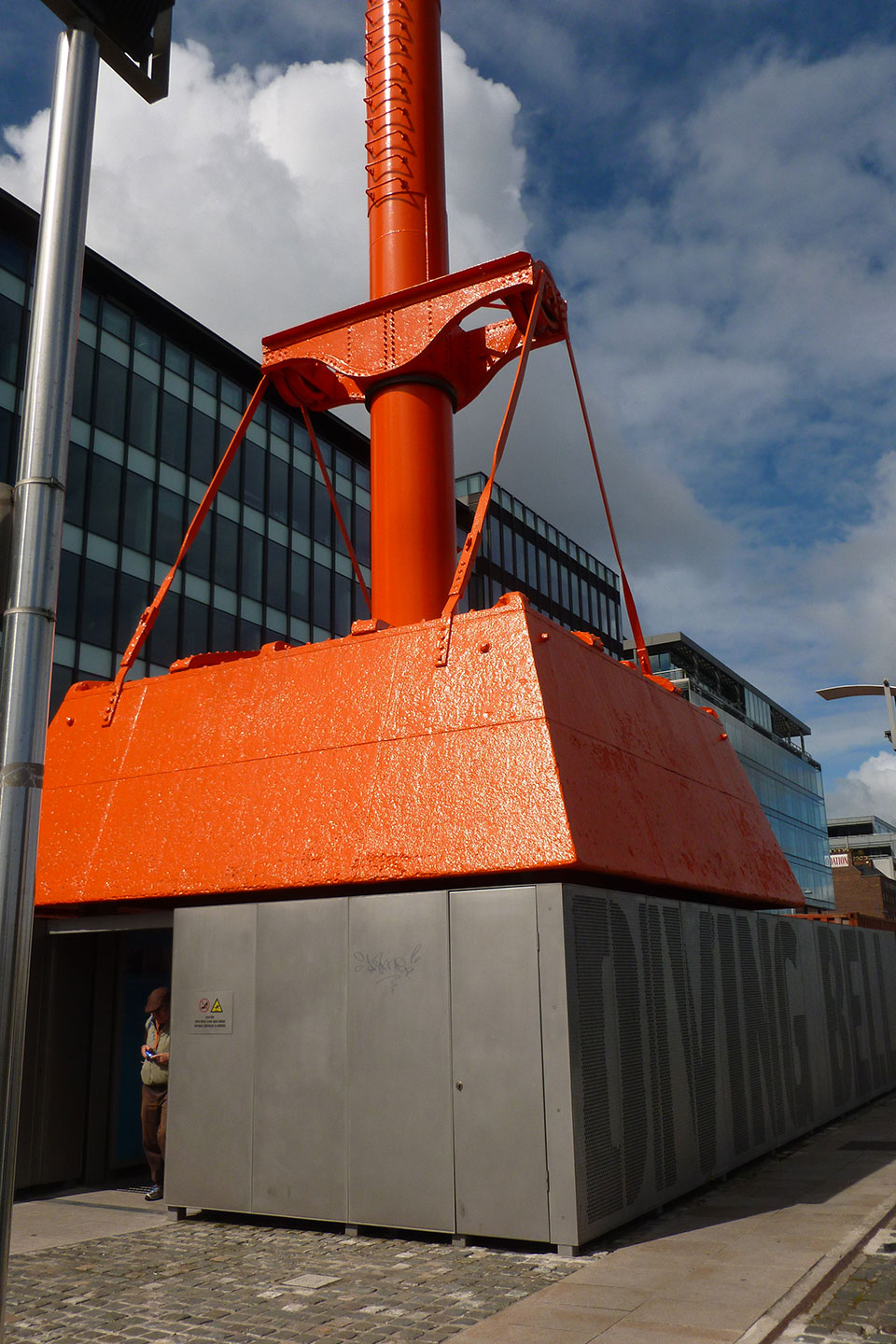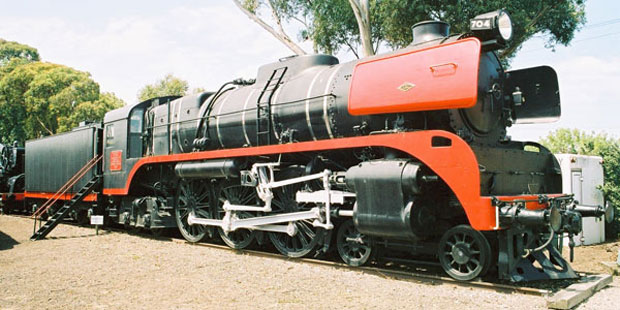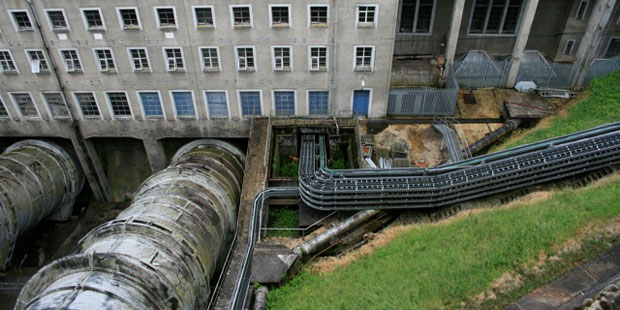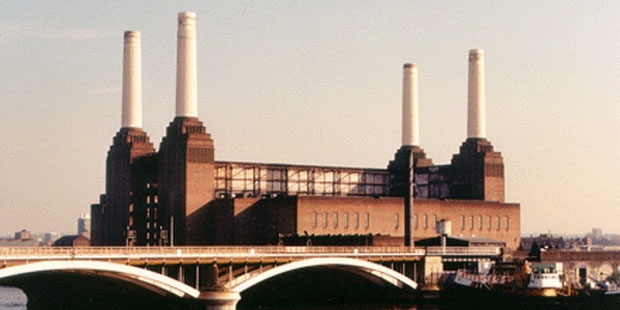View the author’s work . . .
Rupert Bear – Not Much of an Engineer????
Dr Fred Starr will be give his lecture to the Sidcup Literary and Scientific Society on Tuesday, January 8th. The idea for the talk came from comments made by some members of Newcomen, when the phrase “Rupert Bear Engineering” is used to describe half baked inventions
Lower Vartry Reservoir
Lower Vartry Reservoir The Lower Vartry Reservoir has provided Dublin with clean drinking water since the early 1860s and, although enlarged, is essentially unchanged since its construction.Previously, the Corporation of Dublin obtained water mainly from the Royal Canal and the City Canal, with an additional supply from the River Dodder at the City Weir. From 1854, when Dr John Snow of London identified polluted water as the cause of cholera and other diseases, a Dublin doctor, newspaper proprietor and politician, John Gray, campaigned for a new, clean supply and became chairman of the Dublin Water Works Committee. Thomas [...]
Dublin Port Diving Bell
Dublin Port Diving Bell In the 1860s, more traffic and bigger ships led to a requirement for deeper water and bigger retaining walls / quaysides in Dublin harbour. The conventional solution was to create the necessary working conditions by excluding water using coffer dams. Dublin’s Chief Engineer of the time, George Halpin, Jr. intended to use this technique but his young assistant Bindon Blood Stoney proposed the alternative of working under water – a quicker and cheaper solution. The young man’s ideas prevailed and he went on to be the Chief Engineer of the Port for 42 years. [...]
The New Newcomen Website
Please have a look around and we welcome your comments and feedback
Steam locomotives of British Railways
Steam locomotives of British Railways The below text is from Wikipedia's entry for the Steam Locomotives of British Railways The steam locomotives of British Railways were used by British Railways over the period 1948–1968. The vast majority of these were inherited from its four constituent companies, the "Big Four". In addition, BR built 2,537 steam locomotives in the period 1948–1960, 1,538 to pre-nationalisation designs and 999 to its own standard designs. These locomotives had short working lives, some as little as five years, because of the decision to end the use of steam traction by 1968, against a [...]
The Ardnacrusha HEP Station
The Ardnacrusha HEP Station The below text is from Wikipedia's entry for the Shannon Hydroelectric Scheme (Ardnacrusha HEP Station). The Shannon hydroelectric Scheme was a major development by the Irish Free State in the 1920s to harness the power of the River Shannon. Its product, the Ardnacrusha power plant, is a hydroelectric power station which is still producing power today and is located near Ardnacrusha within County Clare approximately 2.4 kilometres (1.5 mi) from the Limerick border. It is Ireland's largest river hydroelectric scheme and is operated on a purpose built headrace connected to the River Shannon. The plant [...]
Battersea Power Station
Battersea Power Station The below text is from Wikipedia's entry for Battersea Power Station Battersea Power Station is a decommissioned coal-fired power station located on the south bank of the River Thames, in Nine Elms, Battersea, an inner-city district of South West London. It comprises two individual power stations, built in two stages in the form of a single building. Battersea A Power Station was built in the 1930s, with Battersea B Power Station to the east in the 1950s. The two stations were built to a nearly identical design, providing the long-recognised four-chimney layout. The station ceased [...]
Newcomen Society Annual Conference & Tour
Newcomen Society Annual Conference & Tour This summer's Newcomen Society Annual Conference & Tour will be held in Teesside from Friday 13 to Tuesday 17 July 2018. The event will be led by Jonathan Aylen and Dr Fred Starr There is a possibility of a small, self-organising extension on the 18th Conference with lectures planned for Saturday and Sunday morning as well as visits in the afternoon. Teesside is new territory for Newcomen and we have a wealth of options for visits and access to sites that are seldom open as well as behind the scenes visits. Planned [...]
Hello world!
Welcome to WordPress. This is your first post. Edit or delete it, then start writing!
Help required by Hollycombe Steam Collection
Help required by Hollycombe Steam Collection Hollycombe is a nationally important steam collection of historic engines who is rebuilding its Sawmill - a project titled ‘Trees To The Trenches’ to bring back to life, the Robey WWI engine. Alongside this are two civil engineering projects which require some engineering advice: Firstly, on the installation of a rare hand crane from the 1860s. An engineer is needed to design suitable foundations for such a crane. The second is the design of a suitable base for a 1890s mill engine. We would be most grateful for any suggestions or help. If [...]

